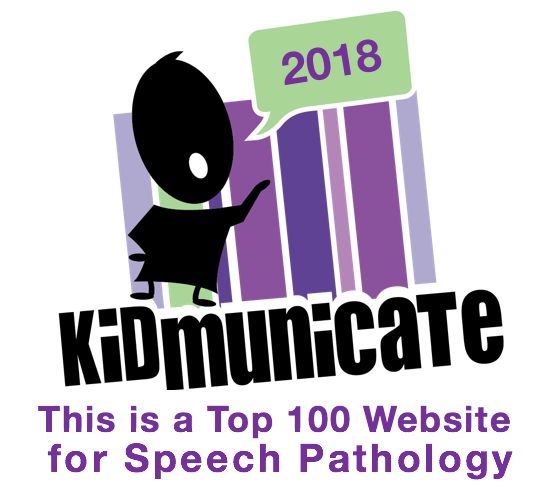Lifetoon is a fun entry in the range of generative AI tools being offered to us-- it creates a comic from your text/image of a character(s) and description of a story. It does require an image for character creation but you can just use a Googled image based on a character description. You can use yourself of course, but I would avoid uploading images of students into an AI.
I very frequently use this very 70s personal narrative as a model for teaching a complete episode with Story Grammar Marker®. Yes, it's true- I once fell out of a moving car and my mom, driving, failed to notice. I ran this through Lifetoon and it did a fairly good job of rendering it as a comic!

















